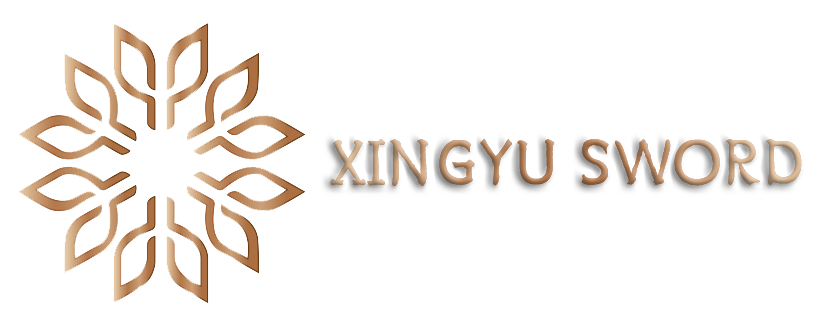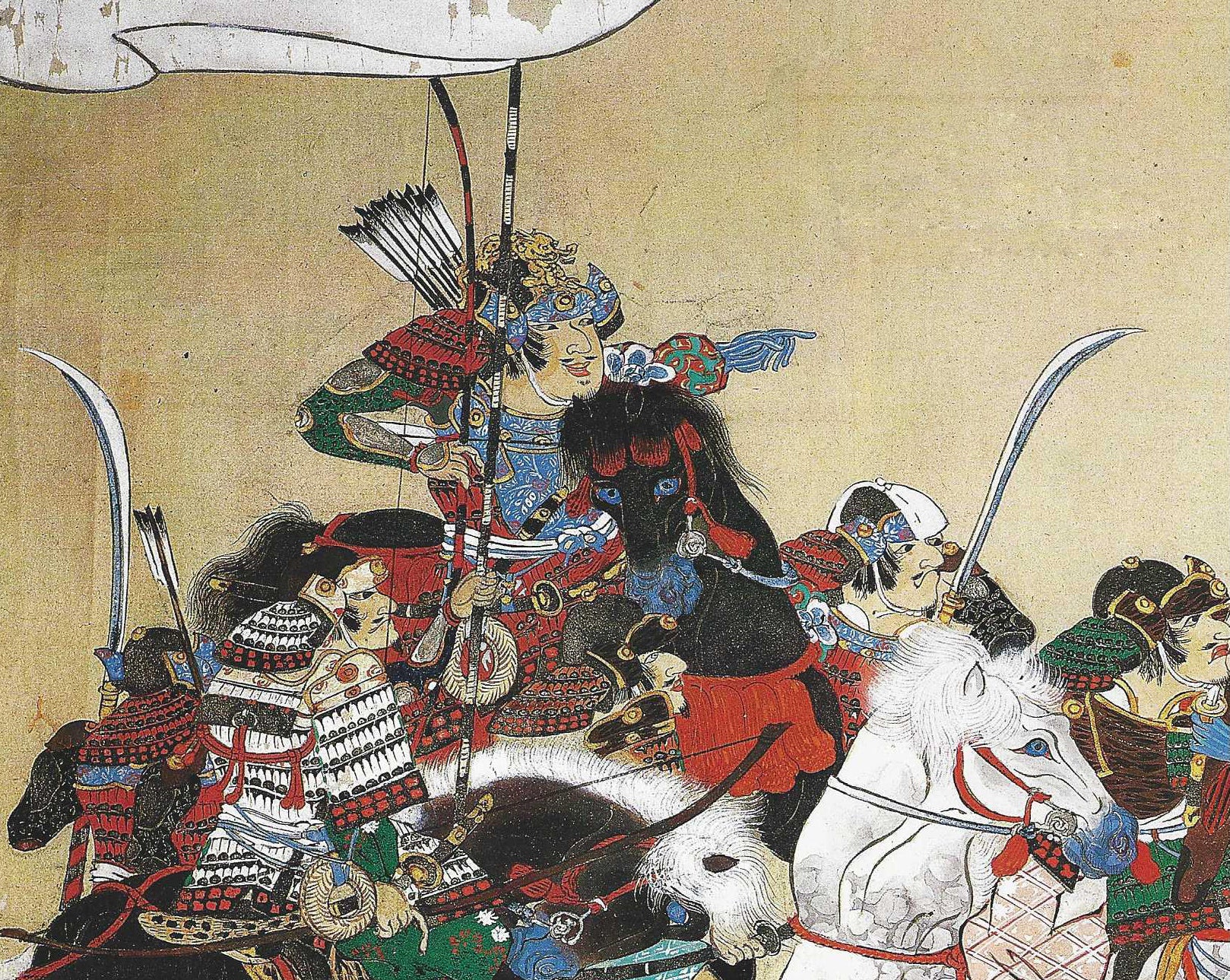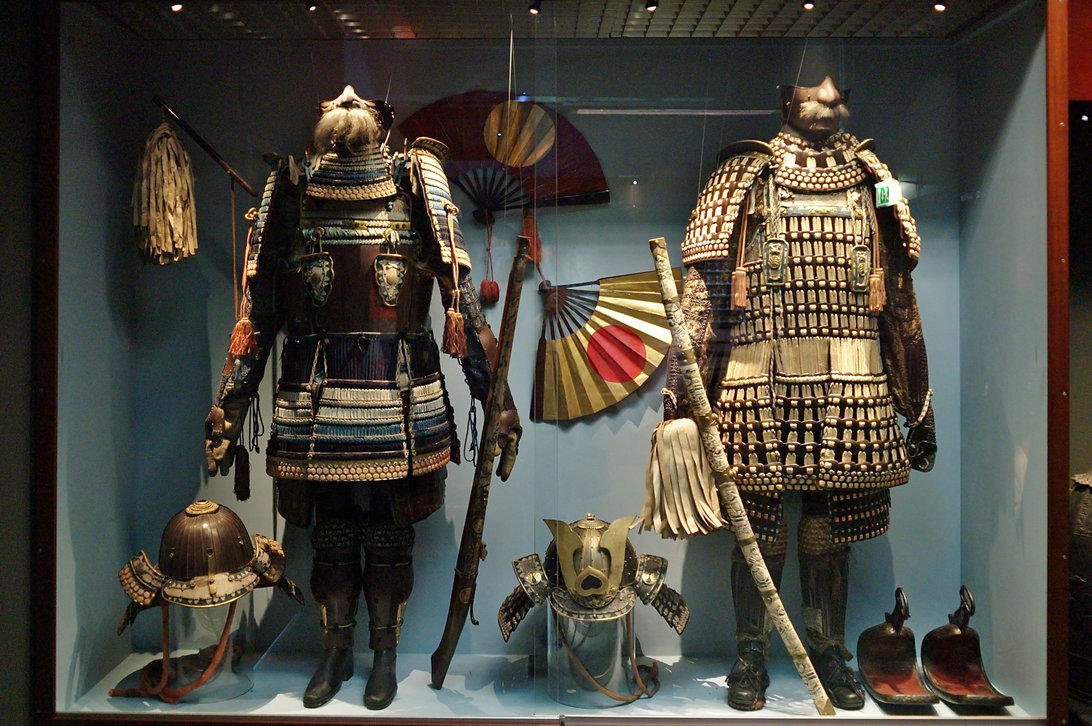Blade types of Japanese sword
Blade types of Japanese sword
What are the types of katanas?
shinogri-zukuri
- The most common blade design
found on Japanese swords, or rather long swords. On the blade there is a shinoji, which is the thickest part of the blade, with yokote and a sharply defined tip. Blades in shinogi-gukuri, as the name suggests, have a shinogi closer to the mune than the cutting edge, a ko-shinogi, and a yokote. Also called bon-suku.

hira-zukuri
- A blade without shinogi ot yokote, thus nearly
flat on both sides. The tip area is also not sharply defined. This type first appeared in tachi procuded in
ancient times. Tanto and ko-wakizashi from after the Heian period are
mostly in hira-zukuri.


construction where one side is in hira-zukuri, and the other in kiriba-
gukuri. This tsukurikomi appeared towards the end of the Kamakura
period but came again in fashion in the early and towards the end of
the Edo period.

reminds of an iris (shobu) leaf, thus shobu-zukuri. A shobu-zukuri is mostly seen on tanto and wakizashi of the Muromachi period and there are two different kinds of shobu-zukuri. At one the shinogi meets in moroha-zukur-manner the very tip of the
sword and at the other, it runs like the ko-shinogi up to the mune, just without yokote.

designed for large sweeping and slicing strokes. Traditionally the nagamaki was used as an infantry weapon and warriors used it against horsemen.


What is the best type of katana blade?
Since few swords from the early Heian period have survived intact to the present day, it is difficult to determine when the Japanese sword changed from straight to curved. According to historians, the change in the shape of the Japanese sword is attributed to the fact that after the middle of the Heian period, when wars continued, the curved sword, which was easy to use on the horse, became popular due to the widespread use of cavalry, and the cross-section of the Japanese sword changed from the flat hira-zukuri and chokuto to the diamond-shaped shinogi-zukuri. At this time, shinogi-zukuri, one of the basic features of the Japanese sword, had already appeared, and shinogi-zukuri was stronger and had more cutting power than hira-zukuri or chokuto.
The thicker the blade, the stronger it is, but it is subject to greater frontal resistance, making it difficult to go deeper; conversely, as the strength becomes lower, the frontal resistance is less and it is easier to go deeper, but after a certain depth the lateral resistance becomes greater and it is harder to pull out. This is why shinogi-zukuri has become an inevitable trend.



Leave a comment
This site is protected by hCaptcha and the hCaptcha Privacy Policy and Terms of Service apply.